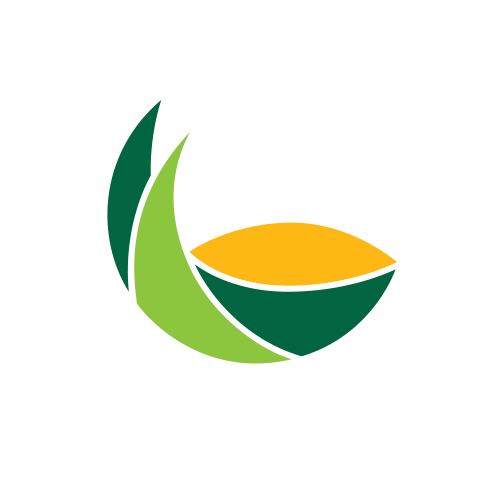DEPARTMENT OF WATER AND SANITATION AND SUGAR INDUSTRY JOIN HANDS TO PROTECT WETLANDS AND WATERCOURSES
Sam Maphumulo and Sinethemba Mkhize
The Department of Water and Sanitation and the sugar industry have committed to collaborating on the improvement and protection of watercourses surrounding sugarcane plantations.

Above: Andrew Russell, a grower on the Umfolozi Flats at an irrigation extraction point on the Umfolozi River to JIC members.
This collaboration is outlined in a Memorandum of Agreement (MoA) signed by both parties in 2018. Under this agreement, the industry would implement better management practices, and the department would refrain from declaring dryland sugarcane as a streamflow reduction activity. The department and members of the sugar industry are now working together to implement the MoA through a collaborative structure known as the department of Water and Sanitation (DWS) and SASA Joint Implementation Committee (JIC). The JIC, currently co-chaired by DWS and SASA, comprises of members from DWS and section representatives from the sugar industry. The department and SASA-led JIC are now actively working together to achieve the objectives of the MoA and protect surrounding watercourses.
One of the initial tasks outlined in the MoA implementation plan was to determine hotspot areas that require the implementation of better management practices. The DWS recommended for the JIC to identify hotspot areas based on the department’s Resource Quality Objectives (RQOs) and the gazetted Resource Determination studies given these studies provided information on water quality, quantity, habitat integrity, and biotic characteristics for the various catchments. Using the RQOs and the reserves information, the department identified four catchments for consideration, namely: uThukela, Usutu-Umhlathuze and the Mvoti and Umzimkulu catchments.
The JIC Working Group then undertook on-site visits to assess the impact of sugarcane farming on the water resource and to identify potential better management practices that could be implemented as part of the MoA implementation plan. The constructive liaison between the visited sugarcane farmers and DWS exhibited a common goal between the two parties. The DWS found that the current BMPs, implemented by the sugarcane farmers, in areas identified as hotspot areas, were satisfactory. At the time of the site visit, the department could also not identify significant practices that were or could be impeding the flow of water, potentially impacting downstream water users. The department did, however, have minor suggestions to protect surrounding wetland areas but echoed the industry’s sentiment that BMPs should not have detrimental financial implications for the sugarcane farmers, which was well received by the sugar industry representatives in attendance. The farmers showed an overt display of openness to making changes where needed and were open to learning more about other recommended better management practices to sustain an ecological balance and protect nearby water sources.
